#ancient statues
Text

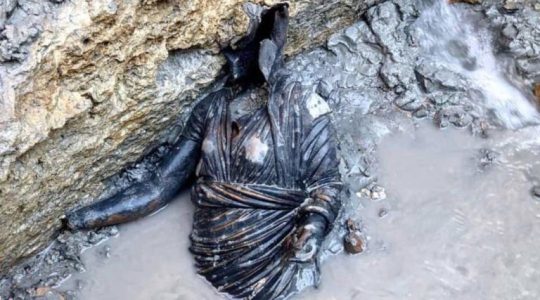
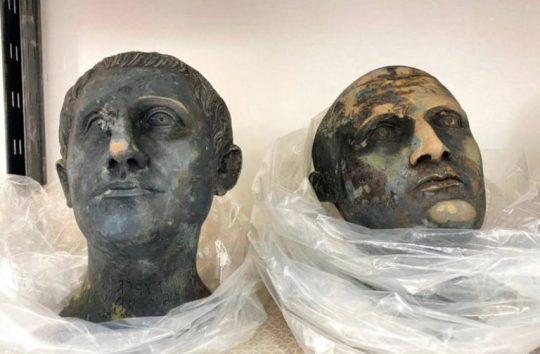
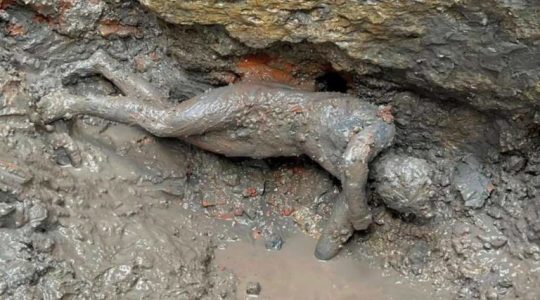
More of the statues uncovered at San Casciano dei Bagni.
Source
#San Casciano dei Bagni#ancient rome#italy#ancient art#ancient statues#archaeological dig#archaeology
287 notes
·
View notes
Photo
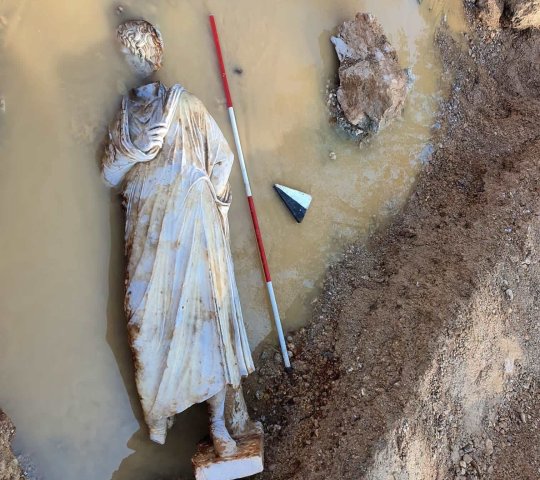

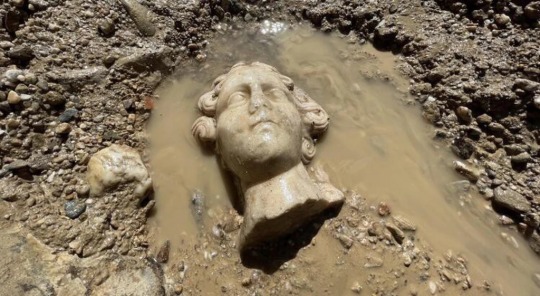
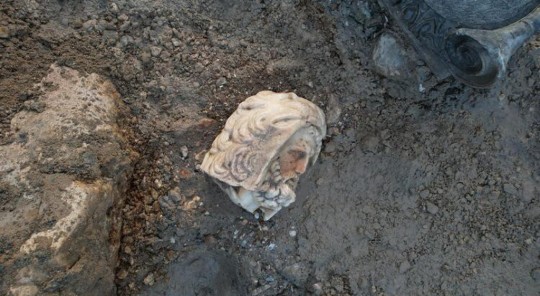

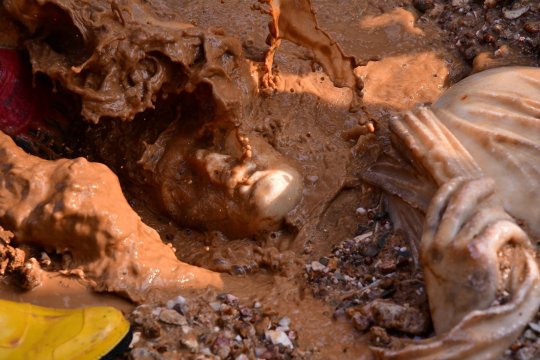


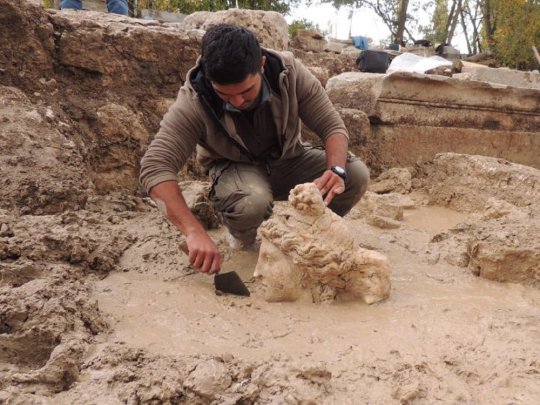


2,000-Year Old Statues of Greek Gods Uncovered in Ancient City of Aizanoi in Turkey
Archaeologists from Kütahya Dumlupınar University have unearthed several statues and heads of statues depicting Greek gods in the ancient city of Azanoi in central Turkey, according to a statement released by the university last week.
Stone heads of Eros, Dionysus, Herakles, and others were uncovered, as well as a full statue of an unidentified hero of Azanoi, of which there are many. The statue measures at over two meters, or just over six and half feet, and is missing a few chunks from its pedestal and foot.
“I hope that we will find this missing piece of the statue in the works we will do in 2023,” said Dr. Gökhan Coşkun, who is leading the excavations, in the statement.
Coşkun said that he had also hoped that the head of Herakles that the team had found would match a statue of the body of Herakles that had been discovered last year, but alas, it was not a fit. The researchers are on the lookout for the missing pieces to two different statues. There is an abundance of materials still being uncovered, making the prospect of locating these pieces quite possible.
“We reach new works every day,” Dr. Gökhan Coşkun continued.
Archaeologists from Kütahya Dumlupınar University took over the excavation of Azanoi in 2021 and, since then, have uncovered numerous treasures, such as fragments of statues depicting Aphrodite, Herakles, and Dionysus. They also began excavating the ruins of an ancient bridge. Before the archaeologists from Kütahya Dumlupınar University took over the dig, archaeologists with Pamukkale University had carried out the previous excavations in the region.
Though the city of Azanoi, and Phrygia, the kingdom to which it belonged, may be unfamiliar, it was the seat of power of many a legendary king, such as Midas, Mygdon, who battled the Amazons, and Gordias. The Phyrgians participated in the Trojan War and Phrygian music is seen as the originator of Greek music. This cross-pollination with Greek culture is the reason why so many temples and statues to the Greek pantheon are present in the region, despite Phrygians having a different language and their own ancient gods.
Azanoi would eventually become an important trade city in the Roman empire, located near the Aegean Sea in modern day Turkey, and it possessed one of the first stock exchange markets of the world. Today, the city is being considered for a UNESCO designation.
#2000-Year Old Statues of Greek Gods Uncovered in Ancient City of Aizanoi in Turkey#aizanoi turkey#statues#roman statues#greek statues#ancient statues#ancient artifacts#archeology#archeolgst#history#history news#ancient history#ancient culture#ancient civilizations#roman history#greek history#greek art#roman art
121 notes
·
View notes
Text
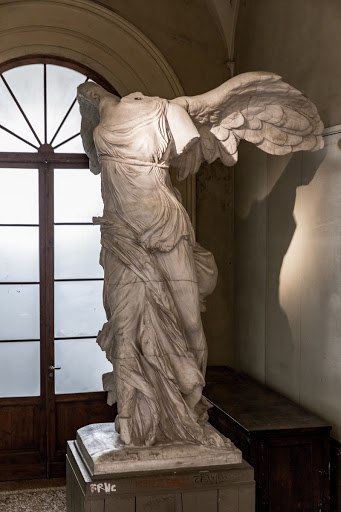



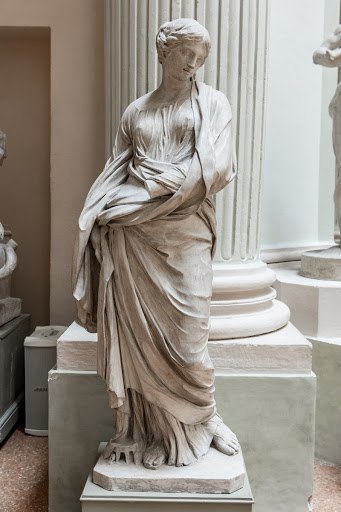
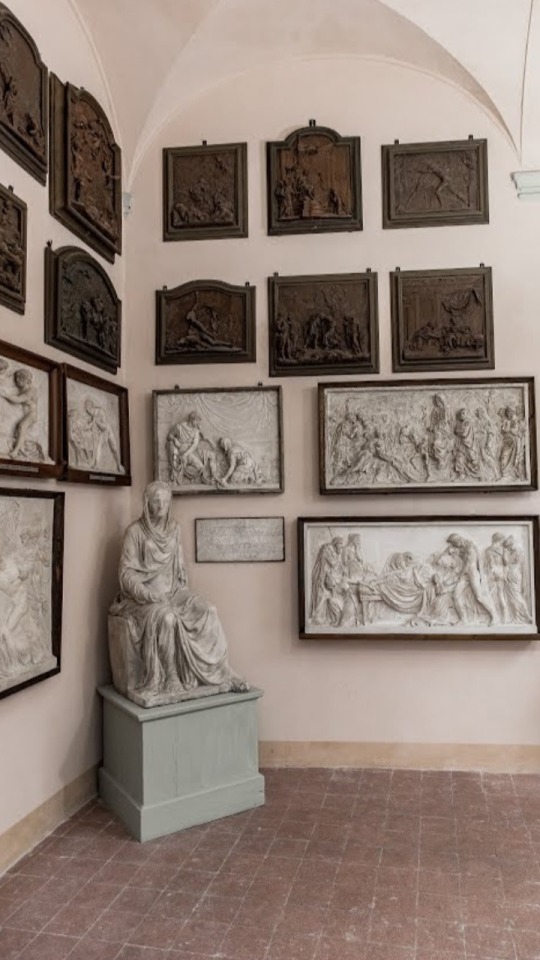
Ancient statues from The Academy of Fine Art of Bologna
The Statue of Mercury
Goddess of the Night
#the academy of fine art#bologna#Italy#art works#sculptures#art aesthetic#dark acadamia aesthetic#art and museums#plaster#parallels#corridors#historical#ancient statues#artworks#artwork
95 notes
·
View notes
Text

Acropolis museum,Athens,Greece
Caryatids
#Acropolis museum#Athens#Greece#caryatids#ancient greece#ancient statues#ancient art#art#masterpieces#beauty#Αθήνα#Μουσείο της Ακρόπολης#Ελλάδα#Καρυάτιδες#αρχαία Ελλάδα#αρχαία αγάλματα#γλυπτά#τέχνη
36 notes
·
View notes
Text
So I went to the Met and took only two photos to salvage my photo space because if i didn’t limit things would get baaad, and here’s my two favourite rustic gods!
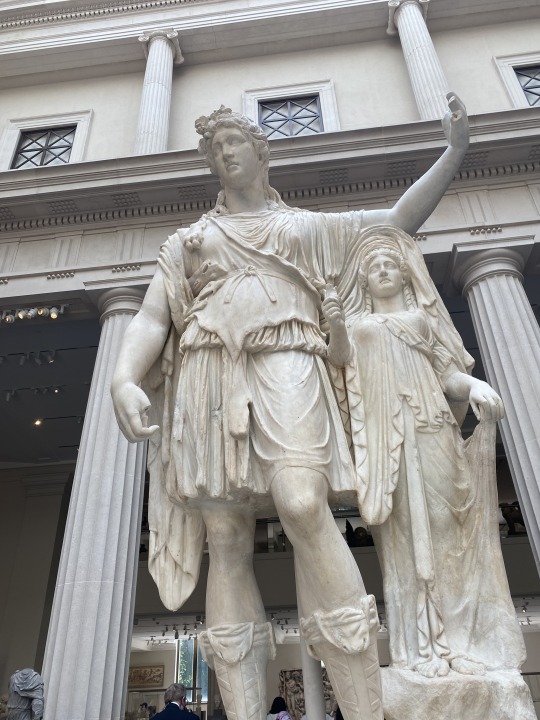

I love forcing my loved ones to travel miles to look at old stuff and listen to me rant about the bronze age and greek gods. its my birthday party so they cant judge me.
22 notes
·
View notes
Photo

^Bull figurine
Cyprus, 500BC
rayeshistory.com
2 notes
·
View notes
Text
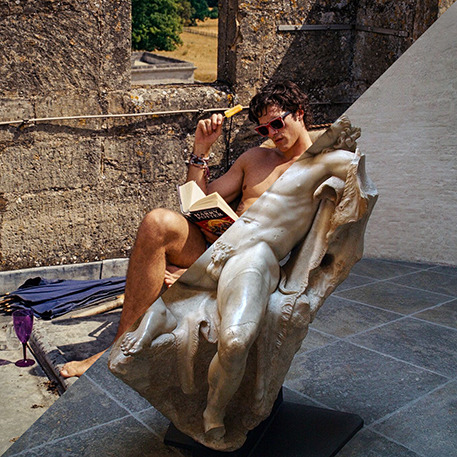
Emerald Fennell, Saltburn, 2023
VS
Fauno Barberini, Glyptothek, München, 220 a.C.
#Emerald Fennell#felix catton#jacob elordi#saltburn#2023#movie#film#cinema#fauno#fauno barberini#sculpture#statue#marble#ancient greece#ancient art#munchen#glyptothek#collage#Barry Keoghan
9K notes
·
View notes
Text

Statue of Princess Takushit, c.670 BC
5K notes
·
View notes
Text

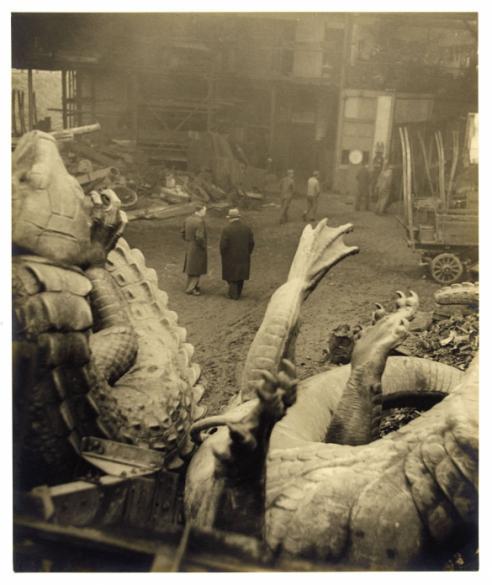
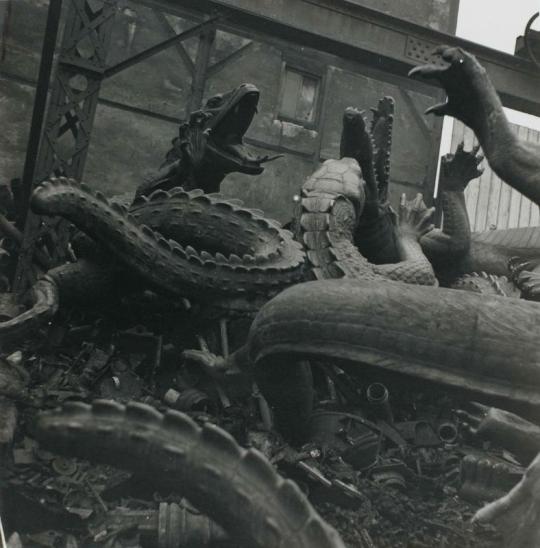
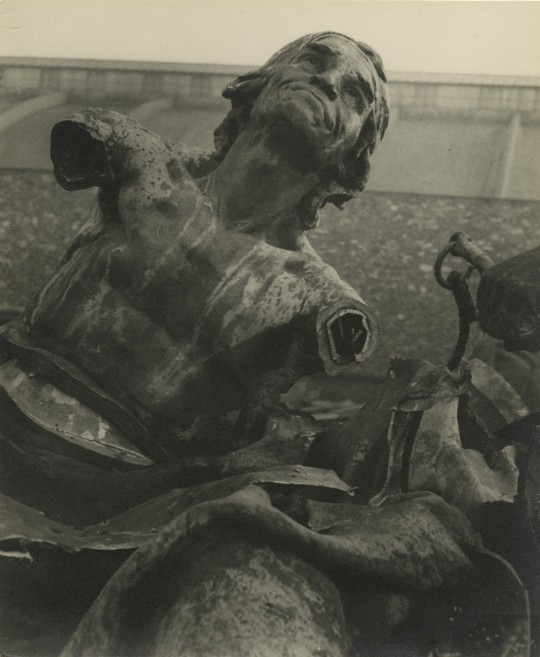
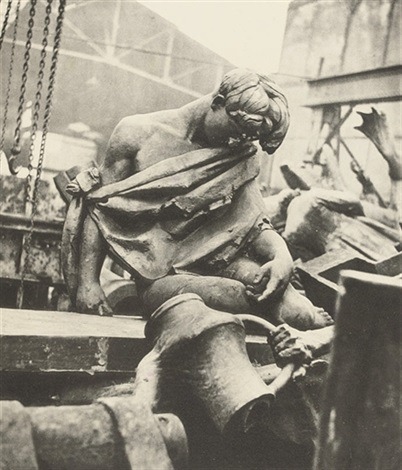

DEATH AND STATUES
During the war, in October 1941, the pro-Nazi Vichy government decreed that statues "without artistic or historical importance" could be torn to pieces by the Germans in order to reuse the metal.
In December, the photographer Pierre Jahan, taking considerable risks, photographed them, piled up in a courtyard in Paris, in the 12th arrondissement, ready to leave for the foundries.
Jean Cocteau was so enthusiastic about those photographs that he decided to publish them in a book, writing the text himself.
Just over a hundred pages, the illustrated volume was published at the end of the war, in 1946, and republished several times. It is one of the most beautiful, saddest and most engaging photographic books ever made, just look at the photos of the dying alligators or the discouragement of the young orphan of the other statues of his family. I don't think it has ever been published in other countries. It can be found online at decent prices. There is also a first edition with a dedication by Cocteau for 1,200 euros.
1K notes
·
View notes
Text

Burnt offering in a Temple by Ludwig Kohl
#temple#temples#antiquity#classical antiquity#art#ludwig kohl#ancient world#architecture#statues#sculptures#history#ancient rome#ancient greece#gods#columns#europe#european
1K notes
·
View notes
Text

The Togatus Barberini group, a funerary statue depicting a Roman senator holding the imagines maiorum (effigies) of his politically successful ancestors.
Late 1st century BCE, head (not original) middle 1st century BCE.
Centrale Montemartini, Rome.
Image source. Photo credit: Carole Raddato.
21 notes
·
View notes
Text
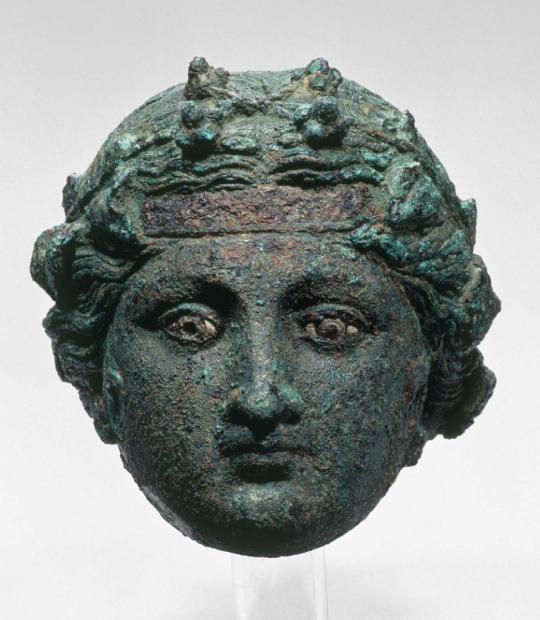
~ Head of a statue of Dionysos.
Culture: Greek
Period: Late Hellenistic
Date: 150–50 B.C.
Place of origin: Nubia (Sudan), Meröe (Begrawiya), Pyramid N 5
Medium: Bronze, silver, shell
#ancient#ancient art#history#museum#archeology#ancient sculpture#ancient history#archaeology#nubia#sudan#meroe#greek#Hellenistic#head of a statue of Dionysos#Dionysos#statue#150 b.c.#50 b.c.
2K notes
·
View notes
Text
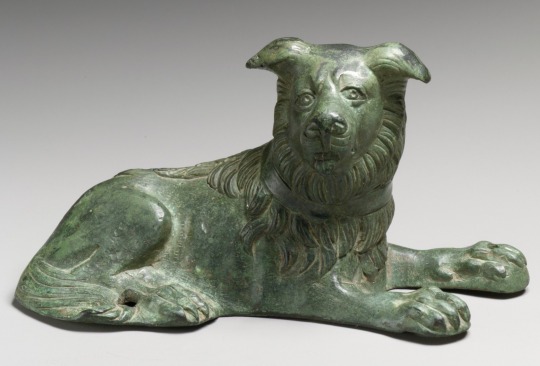
Bronze statuette of a dog
Roman
2nd-3rd century CE
#roman art#dogs#bronze#bronze statue#animals in art#ancient art#ancient people#ancient statue#statue aesthetic#aesthetic#beauty#ancient artifacts#artifacts#antiquities#beautiful animals#dogs of tumblr#cute dogs#modern art#art history#aesthetictumblr#tumblraesthetic#tumblrpic#tumblrpictures#tumblr art#tumblrstyle#artists on tumblr
1K notes
·
View notes
Text
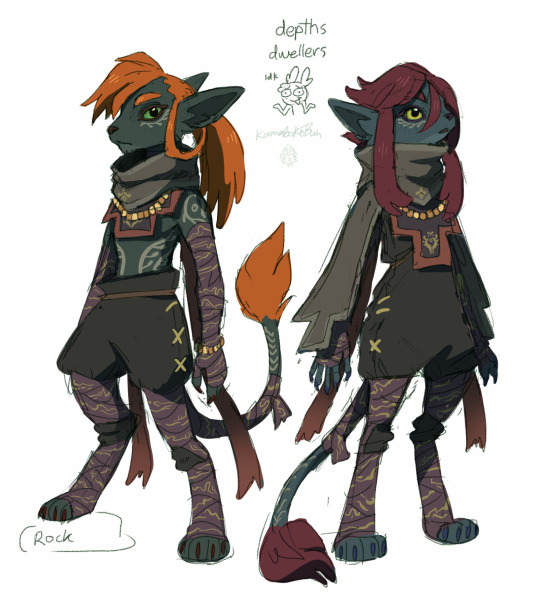
A race based off of the Ancient Hero / the statues in the depths that don’t resemble any of the other races.
So basically they live in the depths. and also they built the bargainer statues. ( this was as far as I got into thinking about their lore )
#totk spoilers#i guess?#loz totk#tears of the kingom#loz oc#ancient hero's aspect#not sure how to tag these guys#i remember when I first got to the depths and I saw the statues that lead you to the autobuild ability#I got so excited like#‘omg!! new race!!’#and then they never mentioned the statues again#depth dwellers
2K notes
·
View notes
Text

Conegliano, Italy
#medieval#ancient#romantic#secret passages#candle lit#statue#Italy#italian#architecture#art#lensblr#photographers on tumblr#original photography#original photographers#original photography on tumblr
642 notes
·
View notes
Text

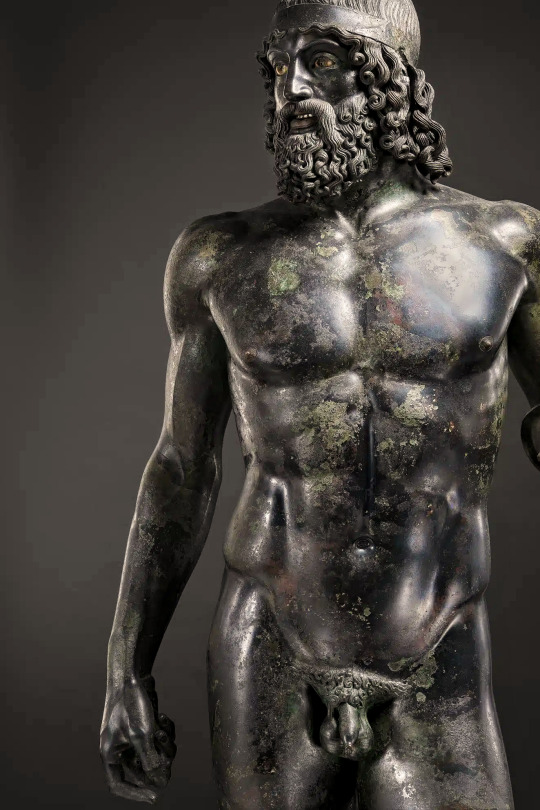





One of two full-size ancient Greek bronzes discovered in 1972 off the western coast of Calabria in southern Italy. The statue, cast circa 460-450 BC, stands 198 cm (78 in) tall. The lips and nipples are made of copper, the teeth are silver and the eyes formed from calcite. At one time this bronze warrior held a spear and shield, but they were never found. The figure may also have worn a wreath around his head. ( Photography by Luigi Spina. )
#art history#mythology#culture#ancient greece#greek mythology#warriors#antiques#vintage#art#sculpture#people#statue#retro#muscle#humanity#male beauty#history#archaeology#explore#mediterranean#greece#italy#bronzi di riace#🍕🍷
2K notes
·
View notes